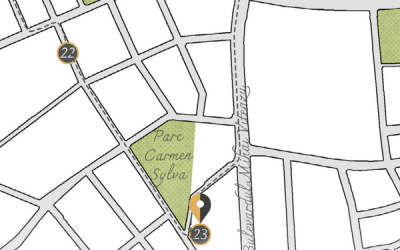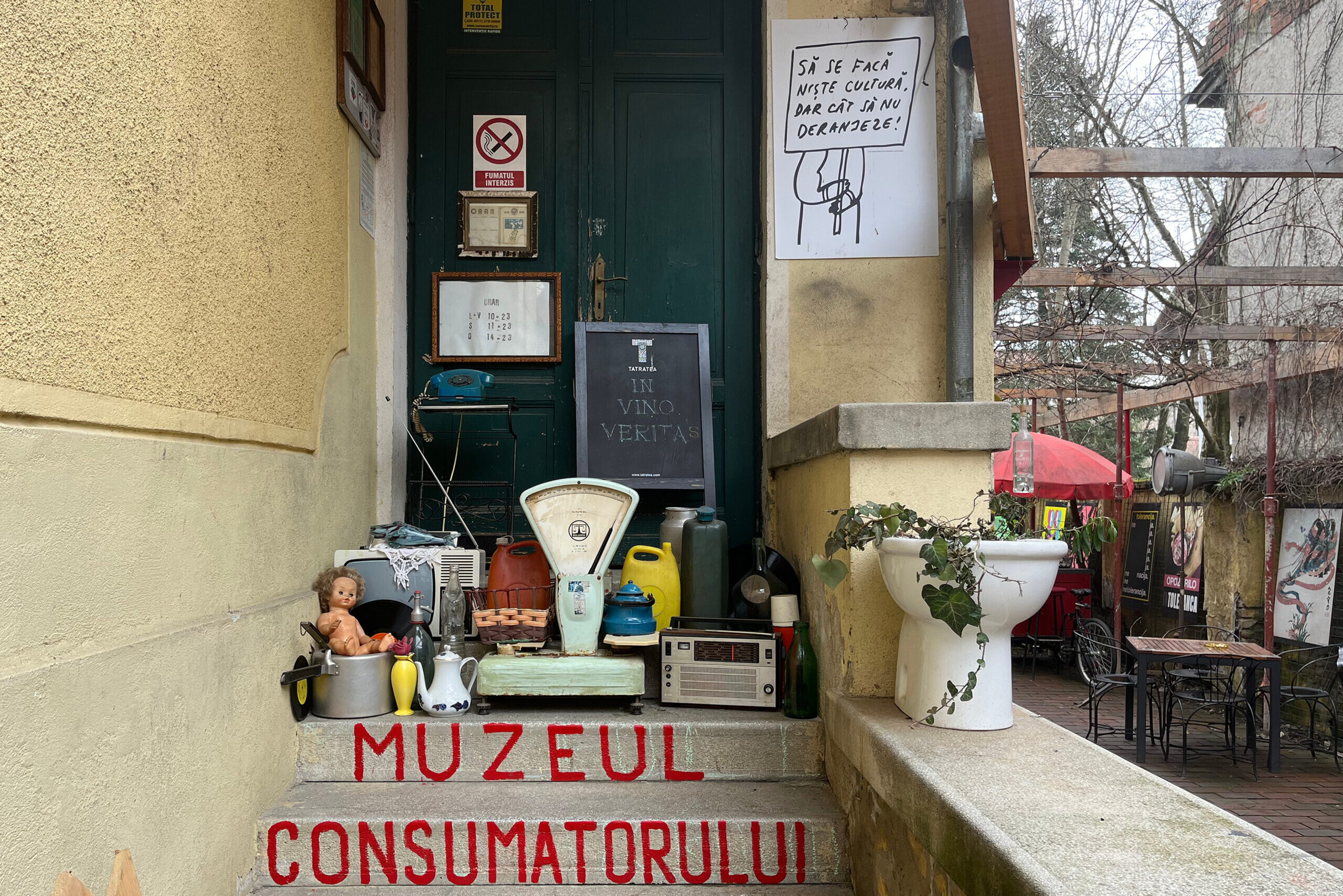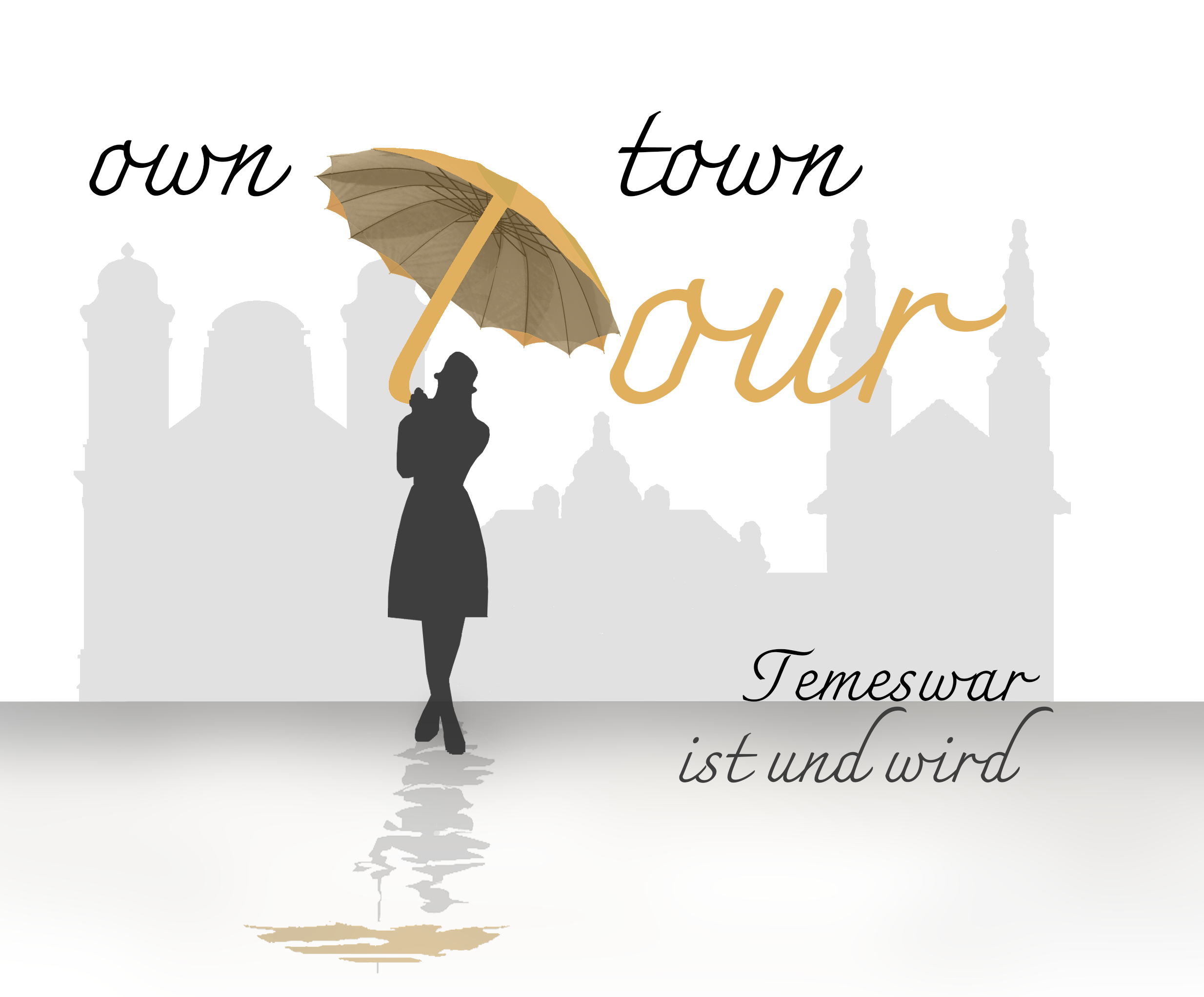Journey through Time
Str. Arhitect Laszlo Szekely, 1
from 2015
Secular buildings


A laid-back and cool place
At the corner of Romulus Street and Doja Alley is the former “Doja Park”. It is now called “Carmen Sylva”, the pseudonym of, and in memory of the former Romanian Queen Elisabeth.
At the end of the park, past the Greek Catholic Church “Mary, Queen of Peace”, we turn left into László Székely Street. At No. 1, there is an unassuming house with the patina of a bygone era, dedicated to the memory of the communist era.
This is the “Muzeul Consumatorului Comunist”, the “Museum of the Communist Consumer”. The name is misleading if you are expecting a real museum. A quaint courtyard leads to a house with welcoming chairs and tables for a relaxed stay. Once you have refreshed yourself with a drink, you can then go downstairs and journey back in time.
The “museum”, located in the basement, houses the commodities of yesteryear – furniture, toys, kitchen utensils or any other objects that arouse nostalgia for today’s visitors. Ultimately, however, one comes to the realization that happiness has only a limited connection with consumption.
The rooms are full of objects that could be bought in shops during the communist period until 1989. The walls are decorated with signs, photographs, records, pictures and posters from the Epoca de Aur, the “golden age”, as this dark era was called with the typical black humour of the time.
Museum founders Christine Cizmas and Ovidiu Mihaita collected hundreds of objects for the museum which they established in 2015. The passionate flea market visitor Mihaita had noticed that fewer and fewer everyday items from his childhood were available (at the flea market). This is how the plan to create an exhibition of “artifacts” from “Ceauşescu’s Golden Age” was born. Word spread quickly, and friends and acquaintances collected and gathered “museum treasure”.
Upon entering, we first arrive at the bar, where there is no indication of the shortages and scarcity during communism: an abundance of spirits and alcoholic beverages is offered to the interested visitor. A heavy velvet curtain separates the bar from the adjoining room, which houses the small theatre with the comical name “Auăleu”, which could be translated as “geez” or “good grief”. This was also brought to life by the museum’s founders and their cooperation partners. They are also the actors, writers and directors who also sell tickets and take care of the lighting and sound system.
The bar area “scart” (“squeal”), the theater ” auăleu” (“geez”) and the “Museum of the Communist Consumer” is a laid-back and cool place. It is a popular meeting place for people of different backgrounds and just another example of the city’s lively and active cultural scene.
Tour sights
- 1. Theresia Bastion
- 2. Lutheran Church
- 3. Union Square
- 4. Saint George’s Cathedral
- 5. Serbian Orthodox Cathedral
- 6. Miksa (Max) Steiner Palace
- 7. Brück House
- 8. Dicasterial Palace
- 9. Klapka Library
- 10. The “Guild Tree”
- 11. St. George's Square
- 12. Prince Eugene House
- 13. Citadel Synagogue
- 14. Liberty Square
- 15. Huniade Castle
- 16. National Opera House
- 17. Victory Square
- 18. Corso
- 19. Orthodox Cathedral
- 20. Piarist Ensemble
- 21. Reformed Church
- 22. Doja Street
- 23. Journey through Time
- 24. Rose Garden

